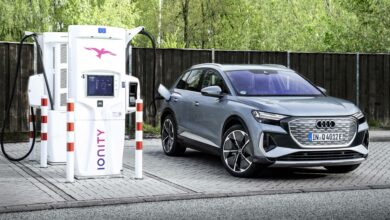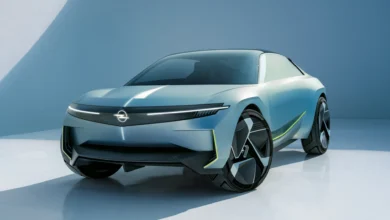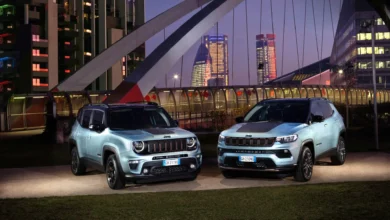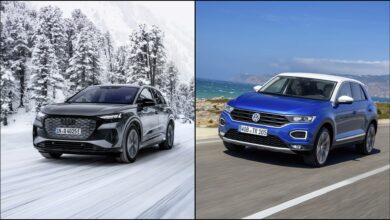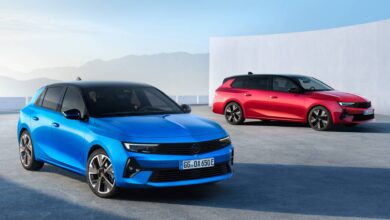
Electrification has caught a few manufacturers by surprise, others, however, are already experts in the field and this is the case of Opel, which has been developing electric vehicles since it introduced the Kadett Stir-Lec 1 in 1968, which was quickly followed by others. like the 1971 Opel Elektro-GT or, more recently, the Opel HydroGen3 and HydroGen4. However, the first electrified Opel that came into production was the 2011 Ampera, although it had a ‘trick’ as we told you in its test. Exactly one year ago, the lightning brand returned to the fray with the Opel Grandland X plug-in hybrid and also with its first 100% electric vehicle, an Opel Corsa-e that now presents some interesting novelties.
Do not think about a restyling, or an increase in power, or anything similar, what this Corsa-e has received is a wide range of connected services. The Opel Connect application, which is standard, is now complemented by the MyOpel app that allows you to access such practical functions as operating the air conditioning, programming the charge, or carrying out a vehicle diagnosis, from your smartphone. Wherever you are.
The Corsa-e also benefits from another application: the PSA Group’s Free2Move, which includes one year of access to a network of 195,000 public chargers in Europe. This application allows you to see where the closest points are and includes a trip planner to check the cost of each journey and the battery cost involved; among other things.
The Opel Corsa-e of always, like never
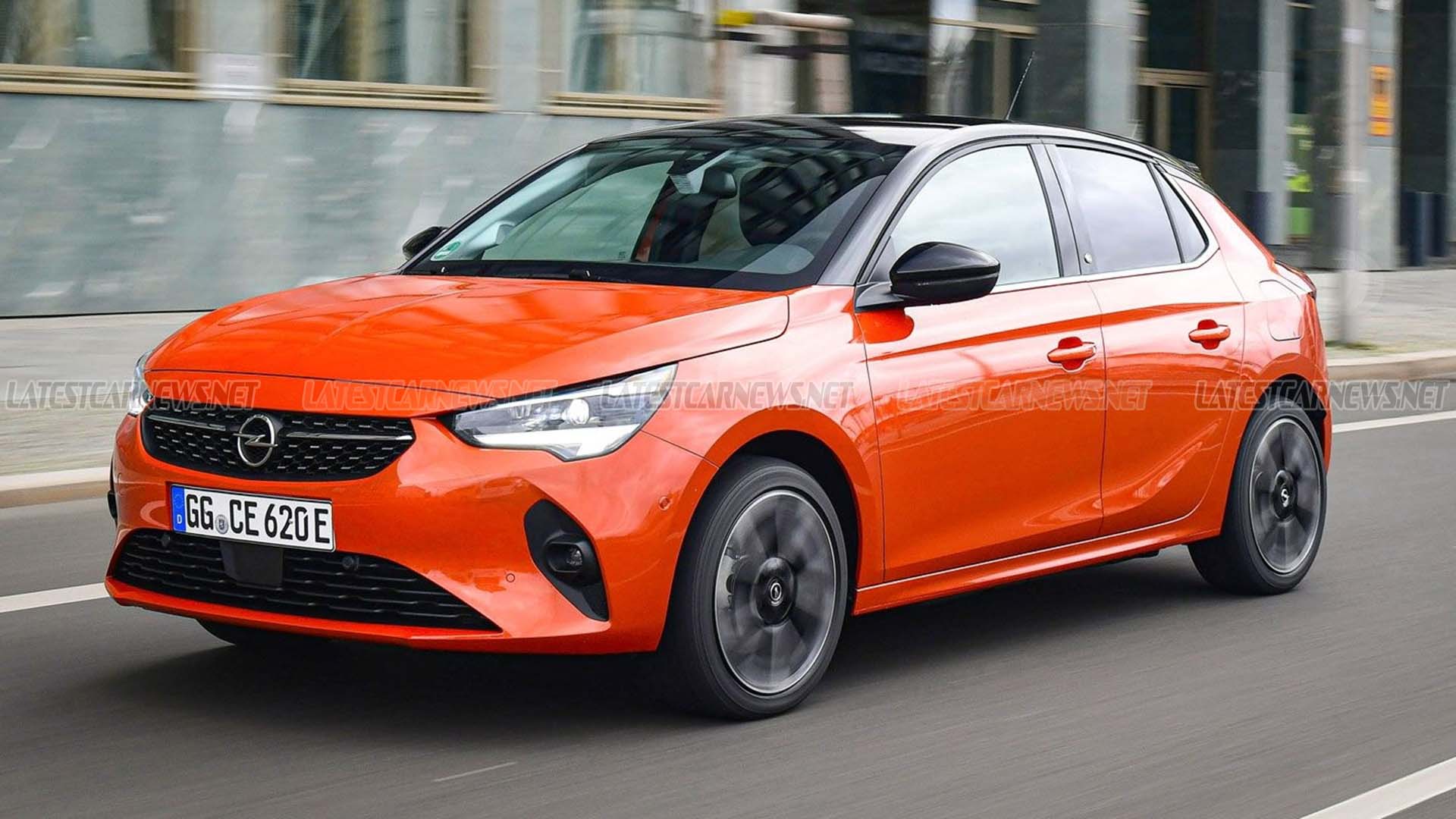
At first glance, it will seem identical to the normal one and the truth is that this is the objective of Opel, since it has simply chosen to incorporate specific alloy wheels and the letter ‘e’ to the Corsa logo and the central pillars.
The interior follows the same pattern, so its appearance and layout of controls are like any Corsa. The only clue is found in the gear lever with the letter ‘B’ located next to the ‘D’, which indicates that we have a ‘Brake’ operating mode to increase the retention level, in this case through the regenerative braking, to achieve a higher level of the load when decelerating.
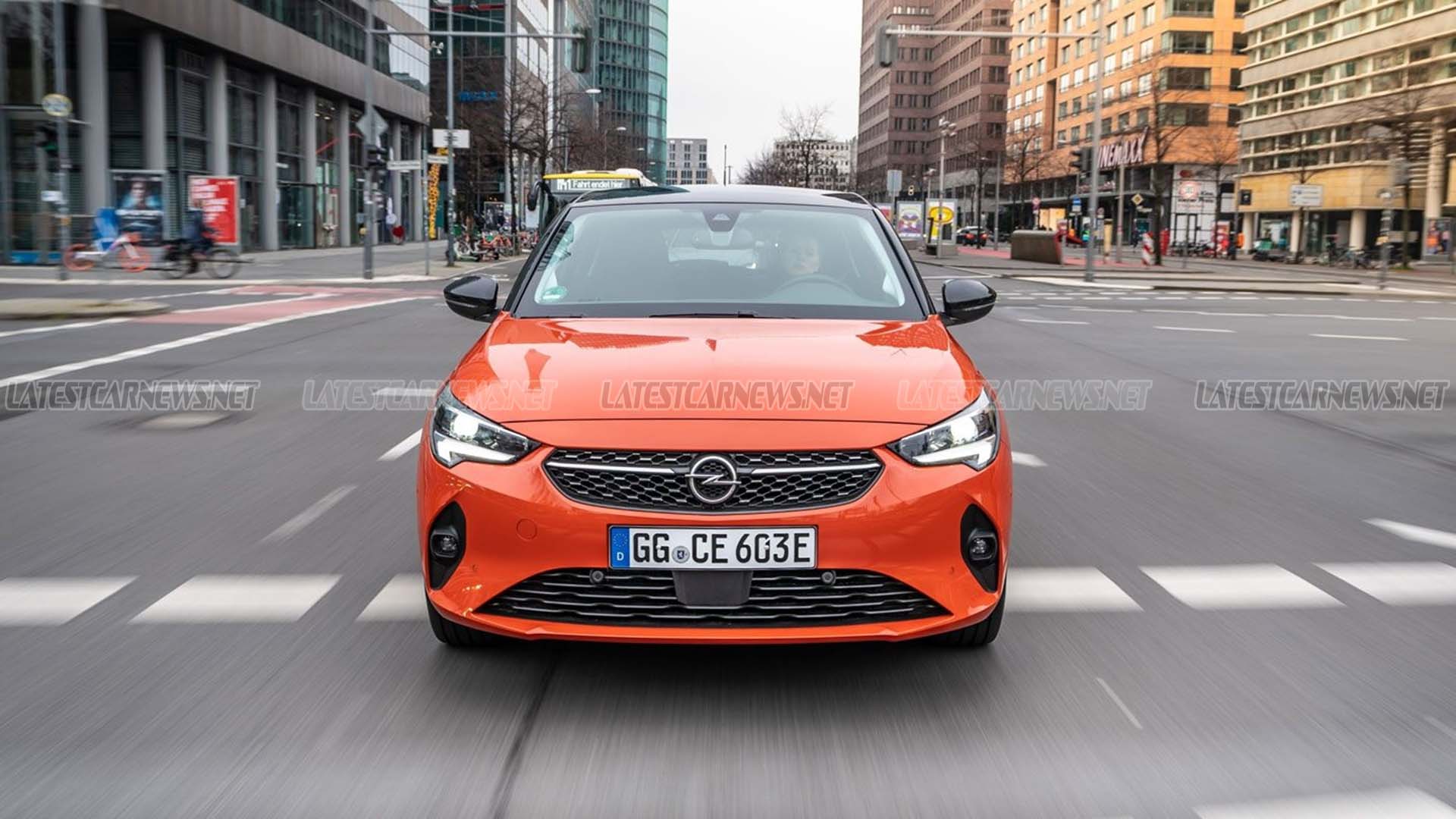
If we talk about its equipment, there are three trim levels available: Selection, Edition, and Elegance. All of them have very complete standard equipment, however, you cannot opt for the sporty GS Line, unlike its “cousin” Peugeot e208, which is available with the GT Line. Sporty aesthetics aside, from the basic Corsa-e we have, among other things, a rain and light sensor, a photosensitive interior mirror, cruise control, steering wheel controls, automatic climate control, 16 ”wheels, or an infotainment system with a 7 ”touch screen compatible with Apple CarPlay and Android Auto.
Lose trunk
About habitability, it is the same as in the rest of the Corsa, good in the front seats and only correct in the rear. Of course, the boot reduces its capacity to 267 liters (in Diesel and gasoline it reaches 310 liters) to make room for the 50 kWh capacity lithium-ion batteries. In any case, it is still a good figure for a car-focused, theoretically, urban use, as evidenced by its 4.06 meters long.
But is it just a city car? To verify this, we have traveled to Berlin, the place chosen by Opel to carry out the international presentation to the press. The German capital is one of the largest cities in the world, at least in terms of size and, to discover some of its most emblematic corners, we have gotten into a Corsa-e with the battery at 100% capacity.
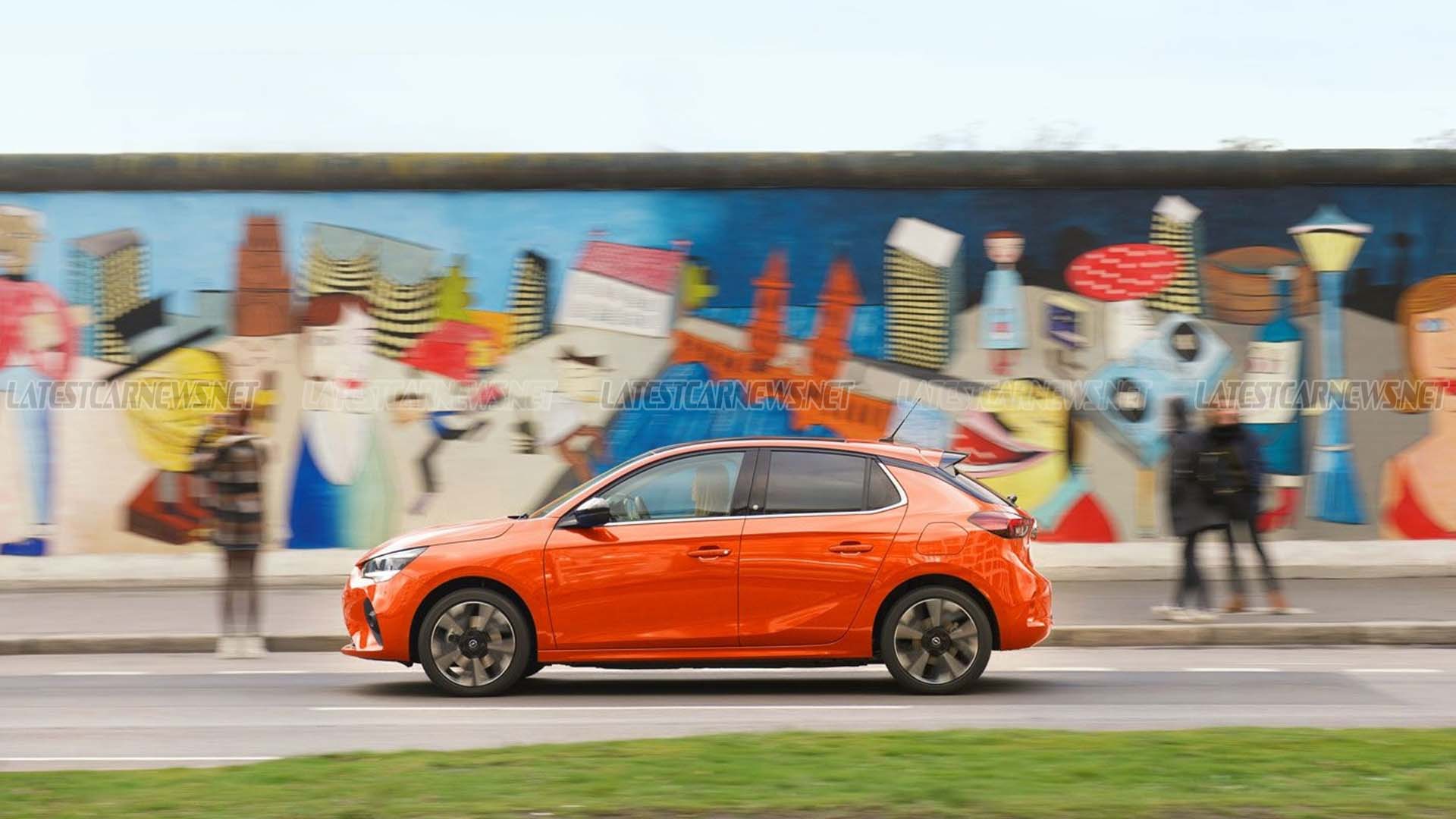
Theoretically, with fully charged ‘batteries’ we have 337 kilometers of autonomy, although this figure depends on how the last kilometers have been made and the weather conditions. In our case, with an ambient temperature of about 10 degrees, the computer indicated a range of 220 kilometers, more than enough to face an itinerary that mixed urban routes with sections of the highway.
At the end of the day, the Corsa-e’s digital instrumentation indicated that we had traveled 140 kilometers, with an average consumption of 18.4 kWh and a remaining range of 130 kilometers, resulting in a total range of about 270 kilometers. These numbers make it clear that the Corsa-e is capable of leaving the urban environment, for example, to go to work every day from one city to another.
Three cars in one
On the other hand, the figures that we get in the first contact can be improved, since we use the air conditioning at all times and we do not carry out efficient driving, in fact, a good part of the route we do in Sport mode, the only one that allows you to have 100 kW of power (136 horsepower) and 260 Nm of torque available from the first pedal stroke.
In this way, it is possible to accelerate from 0 to 50 kilometers/hour in just 2.8 seconds, making it easy to become the fastest when the traffic light turns green. The downside of getting the most out of the electric motor is that the average consumer can easily exceed 25 kWh, with what this means in terms of autonomy.
With the Normal driving program, the engine now offers 80 kW and 220 Nm of torque. This option is the most recommended because the Corsa-e is still agile enough to cope well in any situation and the average consumption is much more contained than in Sport mode, so the autonomy is greater. In ECO mode, power is limited to 60 kW and torque to 18.3 kilograms. With this option activated, the Corsa-e seems different, since it offers a poorer response and has a hard time moving its 1,530 kilos of weight.
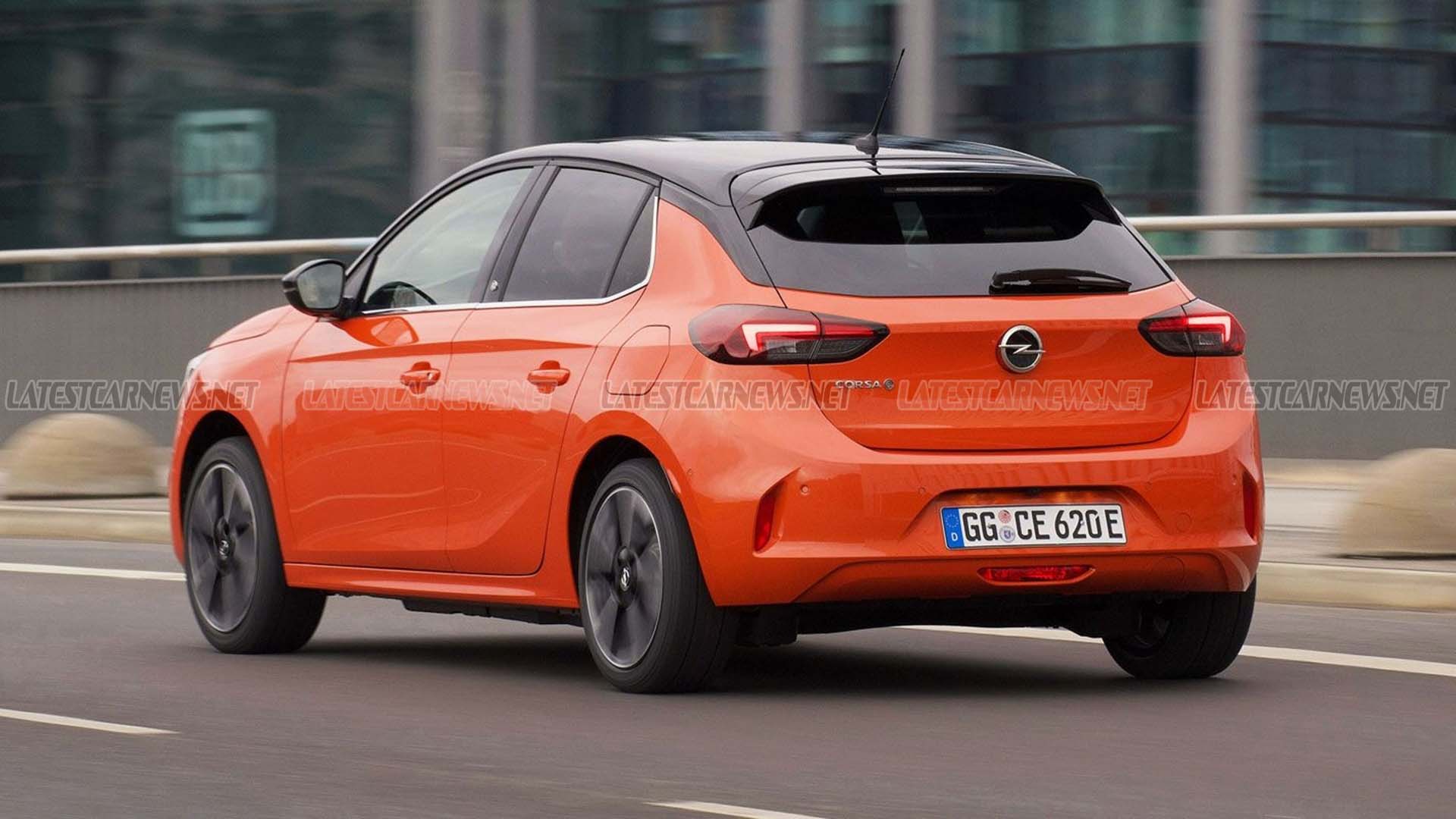
One of the strengths of this zero-emission Opel is its behavior. Although it weighs about 300 kilos more than its 1.2 turbo gasoline brother with 130 horsepower and automatic transmission, it moves with more agility thanks to the immediate delivery of power; It should also be noted that the development team of this Corsa-e has carried out the necessary modifications to the chassis to compensate for the additional ballast of the batteries, in such a way that the independent front suspension and the rigid axle rear suspension have been revised, while the address has been recalibrated.
Another thing that changes concerning the thermal Corsa is the braking. With the gearshift in D mode, retention is minimal and regenerative braking is hardly used, but by setting position B, retention increases considerably, although not enough to turn on the brake lights. This option is useful to recharge the batteries when approaching a traffic light or a stop, but it does not allow driving with a single pedal (the accelerator), as happens with some of the Corsa-e rivals, for example, with the recently released Honda e. On the other hand, the feel of the brake pedal is worse than in the Corsa with a combustion engine, with a first part of the pedal travel in which hardly any braking force is applied, so you have to sink your footwell so that braking is effective.
Finally, it should be noted that ride comfort is higher than that found in Corsa Diesel and gasoline. It is not that the suspension works better or is better isolated from the outside, it is simply because there is a lower level of noise and vibrations, as in any electric car.
DEFINITELY…
This Corsa-e is more affordable than other alternatives in its class, such as the aforementioned Honda e or the new Mini Cooper SE, but it is also somewhat more expensive than the Renault Zoe. Its starting price is 30,850 euros, but applying the direct discount from Opel the rate is reduced to 28,650 euros. The top of the range Elegance, which adds to the standard equipment such interesting elements as the LED matrix headlights or the lane maintenance assistant, amounts to 30,900 euros. In all cases, the standard charger is 7.4 kW, but Opel offers more options, such as the three-phaseMode 3′ up to 11 kW, which costs 330 euros. The lightning firm also offers customers a single-phase charging point of up to 4.6 kW for 700 euros, as well as a three-phase one of up to 11 kW for 1,110 euros.
